No respite for the Arctic sea ice

(Sea ice off Greenland 2009)
In between discussing the role of the media in communicating climate change at the Global Media Forum here in Bonn and producing radio and online stories from my Arctic trip, I have just read a press release from the Alfred Wegener Institute for Polar and Marine Research (AWI)I’d like to mention here.
It doesn’t really surprise me, but it concerns me to read that the Arctic sea ice is expected to reach a critical minimum again this summer, although probably not the shock low of 2007.
AWI scientists and a team from Hamburg University’s “climate campus” have published figures in the Sea Ice Outlook looking at the forecasts for the ice cover in September (the month when it reaches its minimum) made by a dozen international research institutes. The Hamburg team and the AWI team come to different results, using different methods, but both agree there’s an 80% probability that the ice area will be between 4,7 und 5,7 million km2. Just for comparison, between 1980 and 1990, it always covered more than 7 million km2.
Are emotions taking over from science in the climate debate?

I’d like to share an interesting conversation I had at the Arctic Station in Ny Alesund with Max Koenig, head of the
Sverdrup Station run by the Norwegian Polar Institute. We were speaking in German, as Max is a native German speaker, so I have translated what he said.

Max finds the idea of believing or not believing in climate change a strange and interesting development. He says it has turned into a question of faith for a lot of people. But the climate change issue is not about faith, he says, but about facts on the table. He is surprised that there seems to be a lot of “false information” floating around. “If you consider that 95% of climate researchers are generally in agreement about the nature of the problem, then I really wonder where the scepticism comes from”, says the polar specialist. “On average, our planet is warming. And we understand the physics, he says. “
When it comes to the role of the media, Norway’s Arctic station chief says he is often surprised to find different views expressed in one publication, depending on which researcher is being interviewed. He sees one of the main problems in the tendency to always have a climate scientist and a sceptic placed one against the other.
“This can give the public the impression that half of the researchers think climate change is happening and the rest don’t”, he says. “Actually, almost all researchers say climate change is taking place and yes, something has to be done now.”
The debate has also become too emotional, Max says. He thinks a real discussion is becoming increasingly difficult.
Thanks for sharing those ideas with me Max, and with the Ice Blog readers. Thanks also once again for your hospitality and the coffee, looking out onto the melting snow around the bust of Roald Amundsen.

(Ny Alesund, early June 2010)
As we get ready for a big conference here in Bonn, starting on Monday, Global Media Forum
“The Heat is On: Climate Change and the Media”, these are exactly the sort of thing we’ll be talking about. I feel a huge sense of responsibility as a journalist. Of course we want to present the “whole picture”. But we don’t want to distort the facts by getting the balance wrong.
Farewell Svalbard

The time is always far too short.
I have still have plenty of Arctic impressions and stimulating conversations I’d lack to pass on in the coming days and weeks, but I will be doing that from Bonn.
First, I have to finish a couple of radio and online stories from my trip. I’ll keep you posted here when they’re ready.
Meanwhile we are gearing up for the Global Media Forum 2010 here, all about Climate Change and the Media.
Some of the statements made by the experts I met on Spitzbergen have found their way onto DW ‘s Climate Press Blog Ice Blog readers might also be interested in that.
The top items are in German at the moment, but if you scroll down, you’ll find statements in English on some issues.
More on the Arctic encounters and related issues SOON. (Threat or a promise? You have been warned.)So please keep checking the Ice Blog.
Scientists and the Media
The University Centre in Svalbard (UNIS) in Longyearbyen is the world’s northernmost higher education institution. Unsurprisingly, Arctic biology, geology, geophysics and technology are the specialities here.

(Glaciology Prof. Doug Benn with colleagues heading for field trip to Longyearbyen glaciers – and me at the start of the trip with them.)

I was glad to have the chance to meet up with some of the experts. As well as Gunnar Sand, mentioned in a previous post as Director of the Longyearbyen CO2 Lab, I had the chance to talk to Professor Hanne Christiansen
an expert on permafrost and head of Arctic Geology at UNIS,

(on the staircase outside her office at UNIS)
and Professor Doug Benn pictured in the last entry heading up to the glaciers with two junior colleages.
As well as Arctic permafrost and glaciers (more on both later)I was interested to hear their views on climate change in general and the role of the media in particular. I was not surprised to encounter some wariness from scientists working out on the field towards journalists in view of the huge dimensions the controversy over climate has taken on in the media. Let me just share a statement from Doug Benn, who runs a field project in the Himalayas as well as his work in the Arctic, on the debate – and fuss – over the wrong figure in the IPCC report and the ensuing lack of confidence in the IPCC and even climate science in general. Doug stresses the procedure by which the error got into the report shows up serious deficits, but he also sees a lot of responsibility for what followed with the media.

“The whole impact of that whole debate was amplified both in terms of the disaster scenarios and the credibility of the IPCC by the way that media covered that particular issue. And in fact what happens is that science carries on on a much more level keel. Science is not undergoing the same mood swings that the media went through on that. The majority of scientists are plugging away, gathering good data on environmental changes that are going on, quietly publishing their results in journals, and slowly a view emerges. And so I do think it would be good if the media could correct its tendencies to go for the sensation, and of course there’s a long tradition in the media that anything that’s new and exciting is going to get prominence. But actually that does not serve science well. Mostly science proceeds by slow, careful steps and gradually pictures emerge and it takes us a long time to make up our minds about what’s happening in particular systems. Now over the whole issue of climate change and the global impact of climate change both governments and the media and indeed environmental organisations have been rather impatient, and they want definitive statements about what’s happening, we want action, we want decisions made now. And the way science works is not really compatible with that. I think the headlong rush into declaring global warming as a global disaster has been rash. This is not to say we don’t face environmental challenges, but simply that the rush has been unfortunate and actually we still need to do good science, to think critically about things. And as soon as you replace critical investigation with belief and dogma, you’re no longer doing science. Science needs the media, but it does have rather an uneasy relation with it because of these things I’ve been talking about. “
Thanks for taking the time to share those thoughts, Doug.
The “bear” facts – on Longyearbjen
I left Ny Alesund having seen most of the mesocosms deployed and everything running well.
The local Arctic fox – who apparently lives under the 1912 houses which have become the Dutch Arctic station – appeared to see me off.

I found Longyearbjen in a state of great excitement because a polar bear had drifted in on the sea ice a few days ago. I was hoping he’d come back, but so far he hasn’t. It was a big attraction, because although they are said to be all around, understandably they don’t come into town that often. The authorities were happy as long as he snoozed on his iceberg, but when he started to move around, they zapped him with a tranquillizer dart and moved him off to a “safer” location.That left the ice floes clear for the Eiders.


Longyearbjen is called after American John M. Longyear, who established the first mine here in 1906. The mining history of the settlement is in evidence everywhere, old coal shafts and the pylons which carried the rope line used to transport the coal to the port.

Coal is still mined here today. It’s controversial, Greenpeace staged a protest here last year, which has made them quite unpopular with the locals, worried about their jobs. That’s presumably one reason why up in Ny Alesund, somebody threw a seal’s head onto the deck of the Esperanza. The local newsletter ‘icepeople’, self-styled as “the world’s northernmost alternative newspaper” reported on the return of the environmentalists saying “This time Greenpeace is promising – it seems – to be good”, i.e. because they are supporting scientific research rather than protesting. The newsletter people are clearly still wary, though.
There is a test project running here for carbon capture and storage. I went to the site of the borehole with the director, Gunnar Sand.

They are testing whether the underground storage site would be safe to store 90% of emissions from the local coal-fired power plant. He says they could be up and running by 2015. But he also stresses the need for much more intensive testing, as safety is paramount. He says Longyearbjen is ideal for a pilot plant, as they have a small community with a closed system. He thinks the world will be dependent on coal for the next fifty years at least, given especially the developments in China. More later on DW radio and the website.

There’s supposed to be a population of 2000 here. I don’t know where they all are, it makes a rather empty impression most of the time. Most people I’ve met have been incomers, who tend to come for a short time, fall in love with it and stay as long as they can. Margrete Nilsdater Skaktavl Keyser is one.

Margrete came here for a short course and went on to do a full degree here. The student residences at the far end of the town show the two main attractions that seem to bring students to the uni here : snow mobiles in winter and nature all around, all year round, with plenty of potential for field work on all aspects of Arctic sciences:


Margrete came here as a student for a short course and stayed on for a longer degree, writing on polar bears. You need a job to stay here, so she takes whatever she finds and goes home to the Norwegian mainland in between.In the season, she guides people on snowmobile trips. At the moment she’s working with the Svalbard authorities compiling a data base on encounters between humans and polar bears, trying to work out guidelines for avoiding “incidents”. I’ve been keeping that in mind walking around here. You can’t leave the town area safely without a rifle, flares etc. People have been killed around here, although it’s a good few years ago.
Glaciology Professor Doug Benn, a fellow Scot who taught in my old university St. Andrews, invited me to join him and two junior colleagues for a look at the local glaciers yesterday. He’s also an active researcher into a glacial area of the Himalayas. More on that next time.
As you can see, no hikes outside town without the rifle. Doug is the one in charge of the party’s safety here:









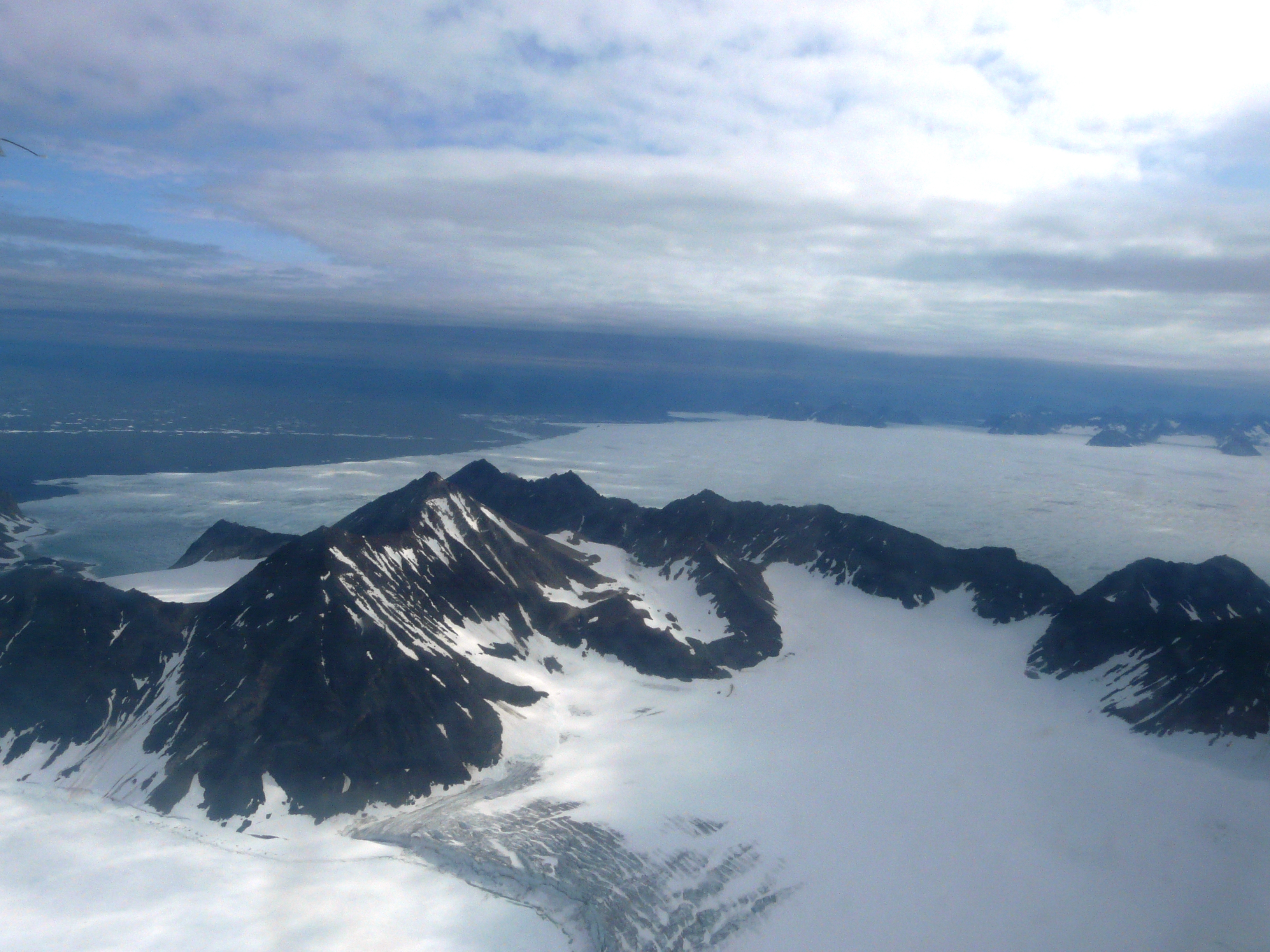
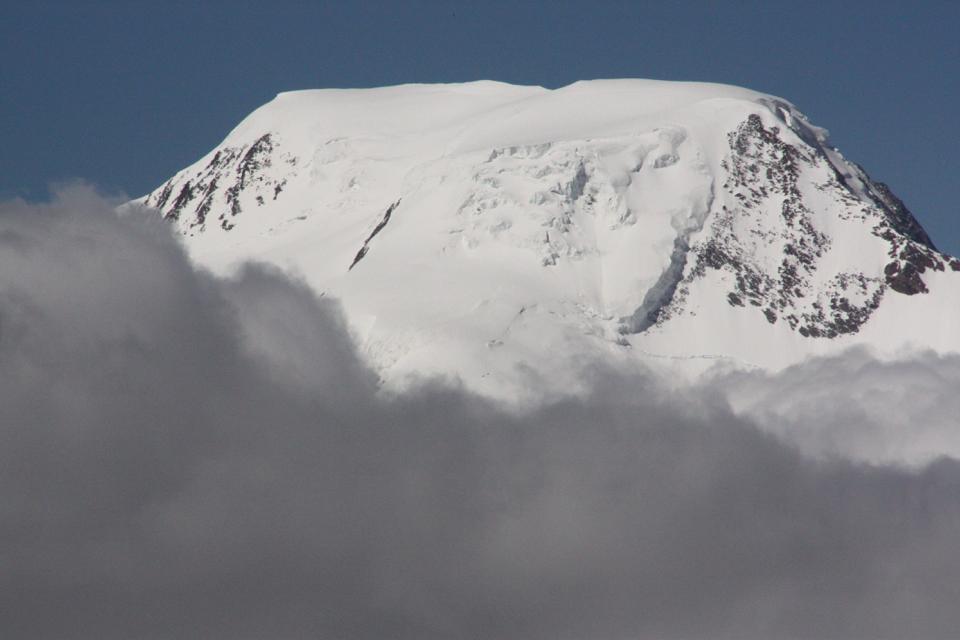
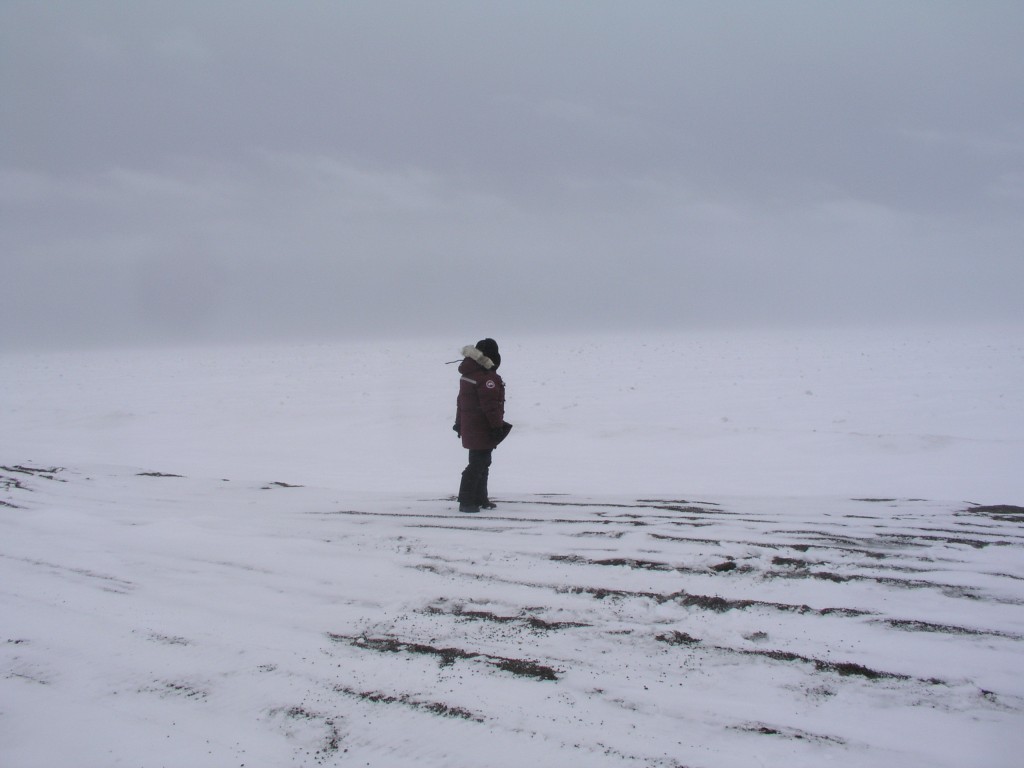
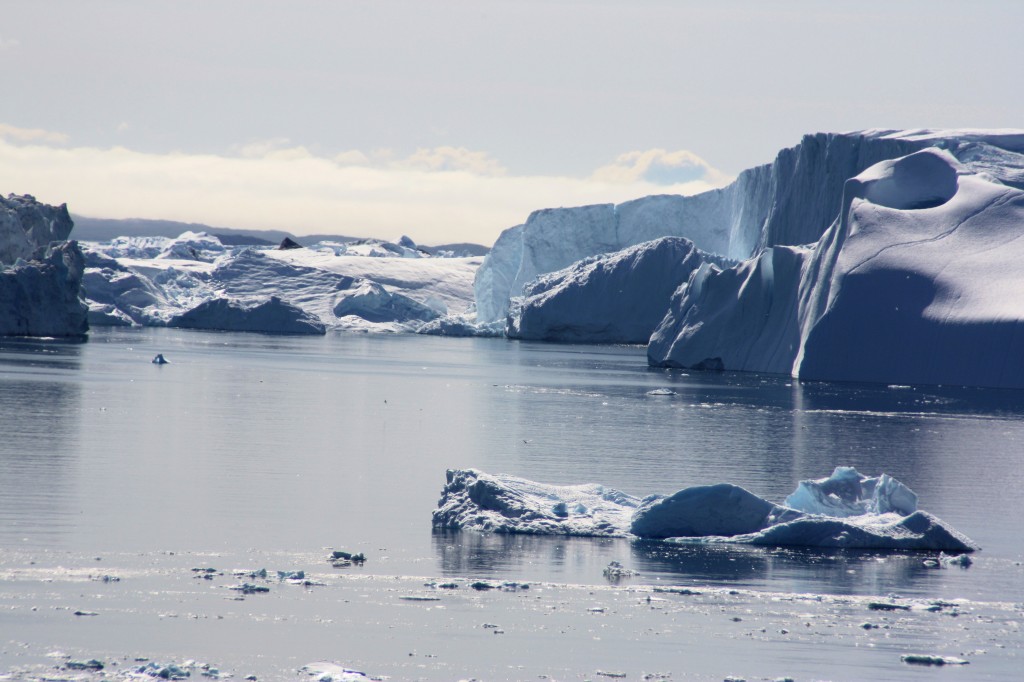
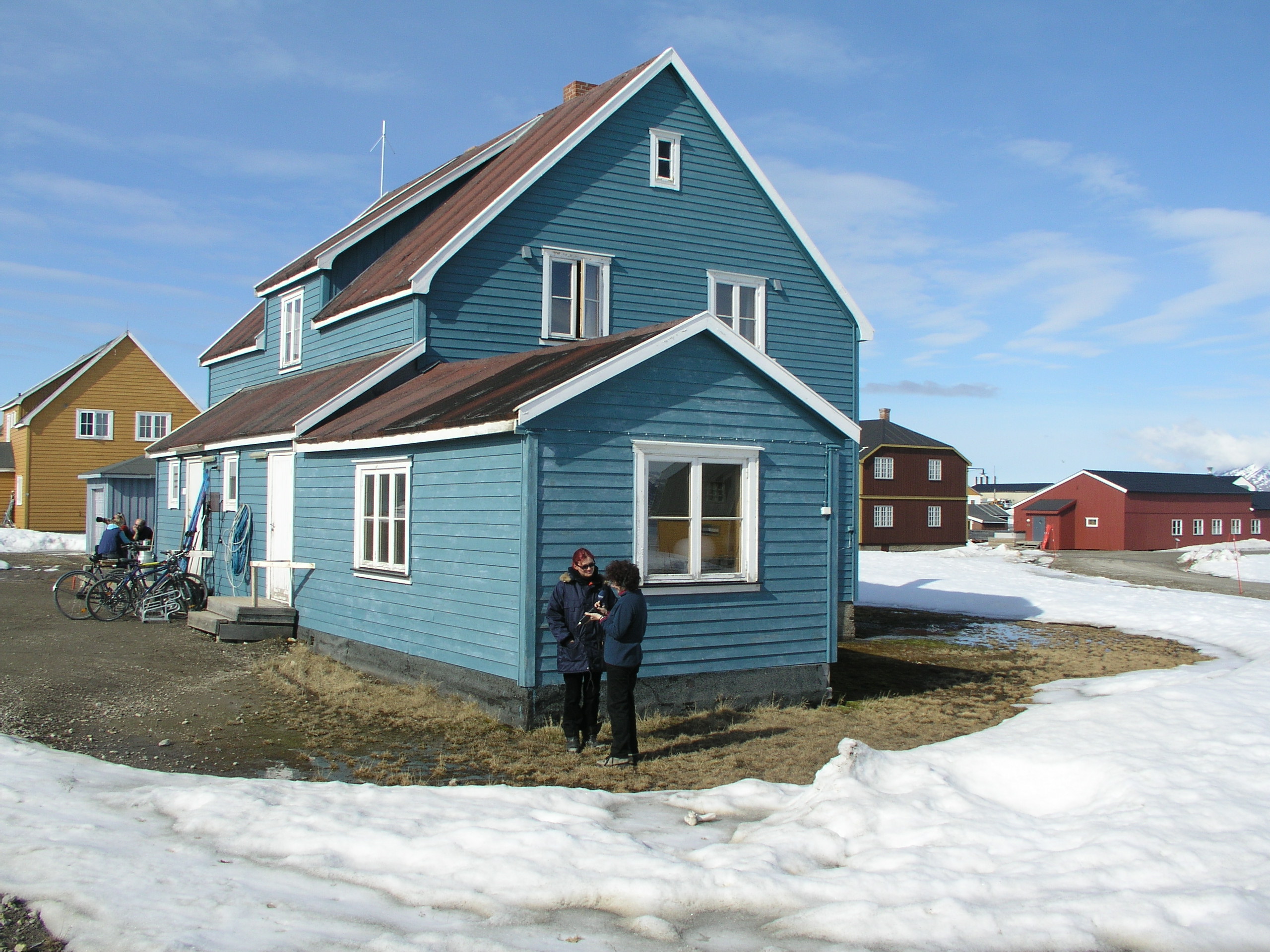
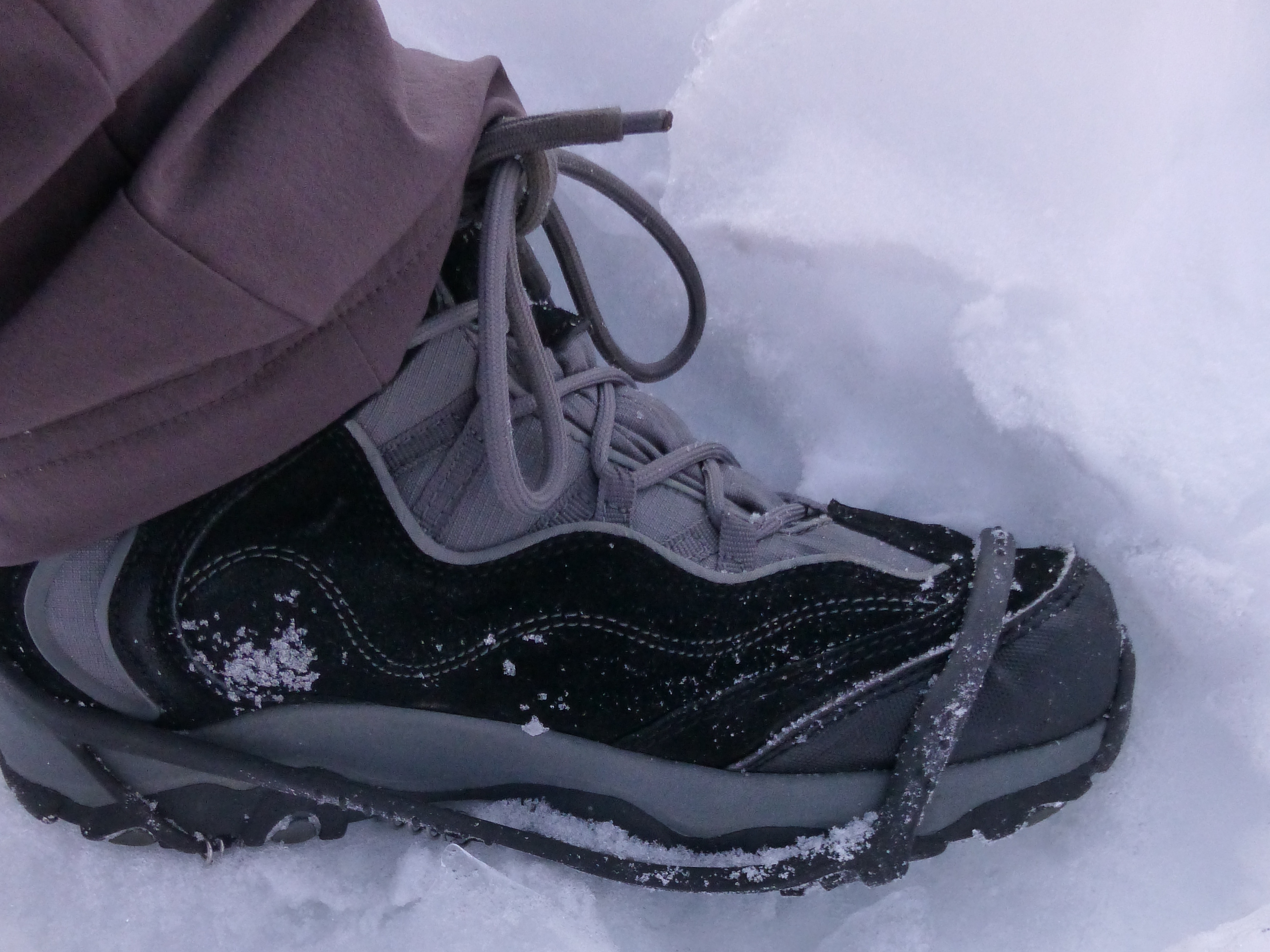
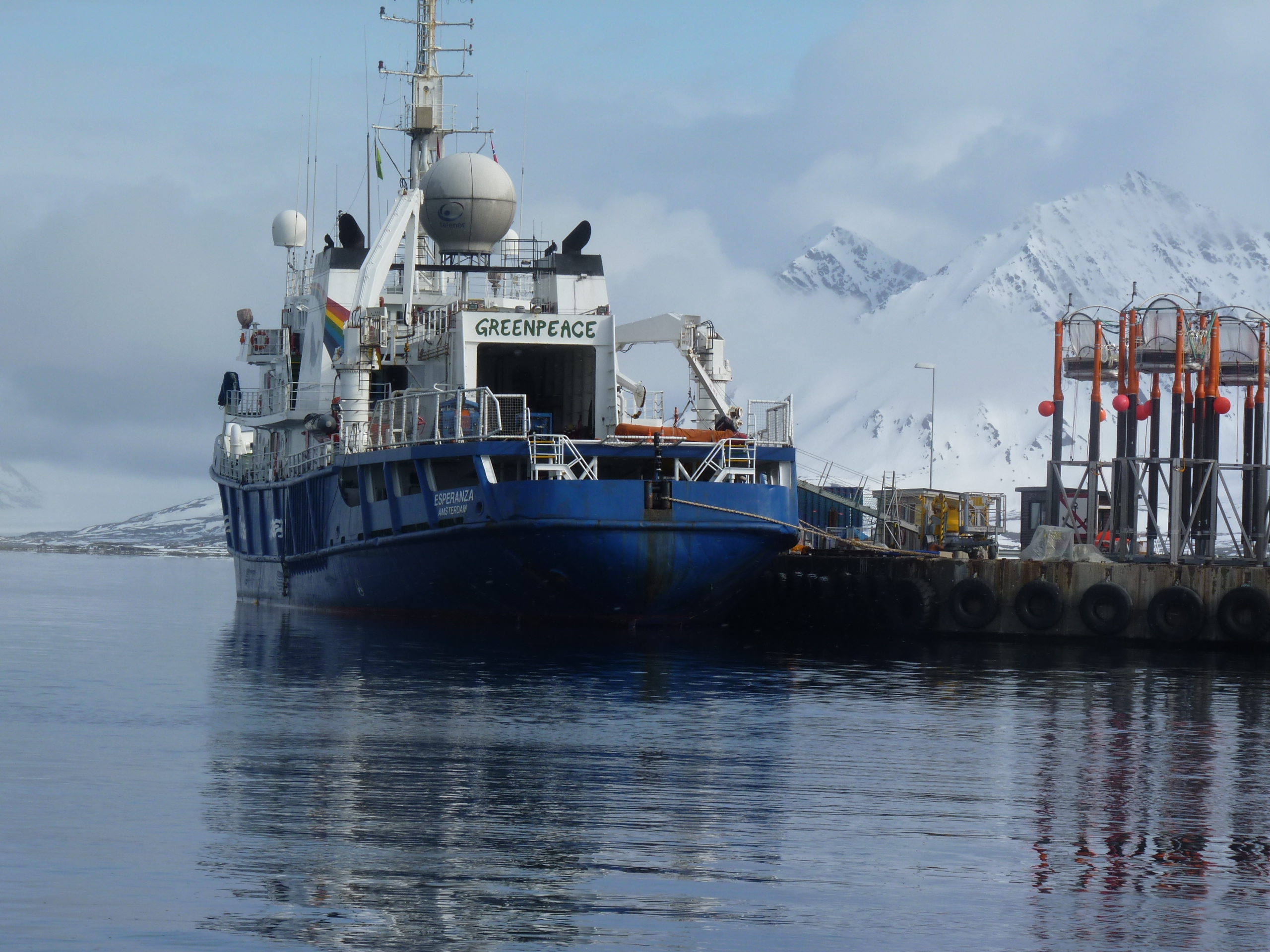
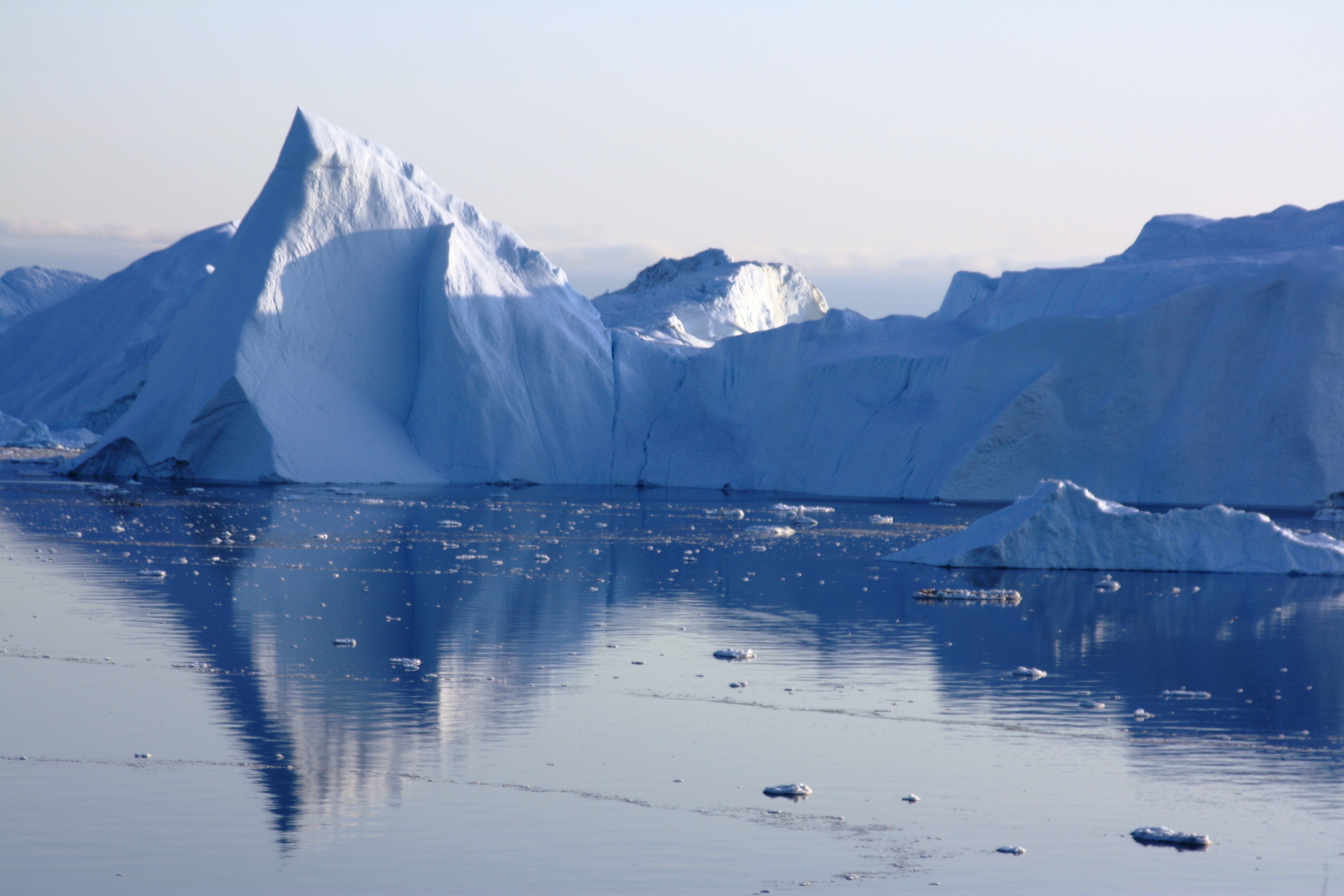
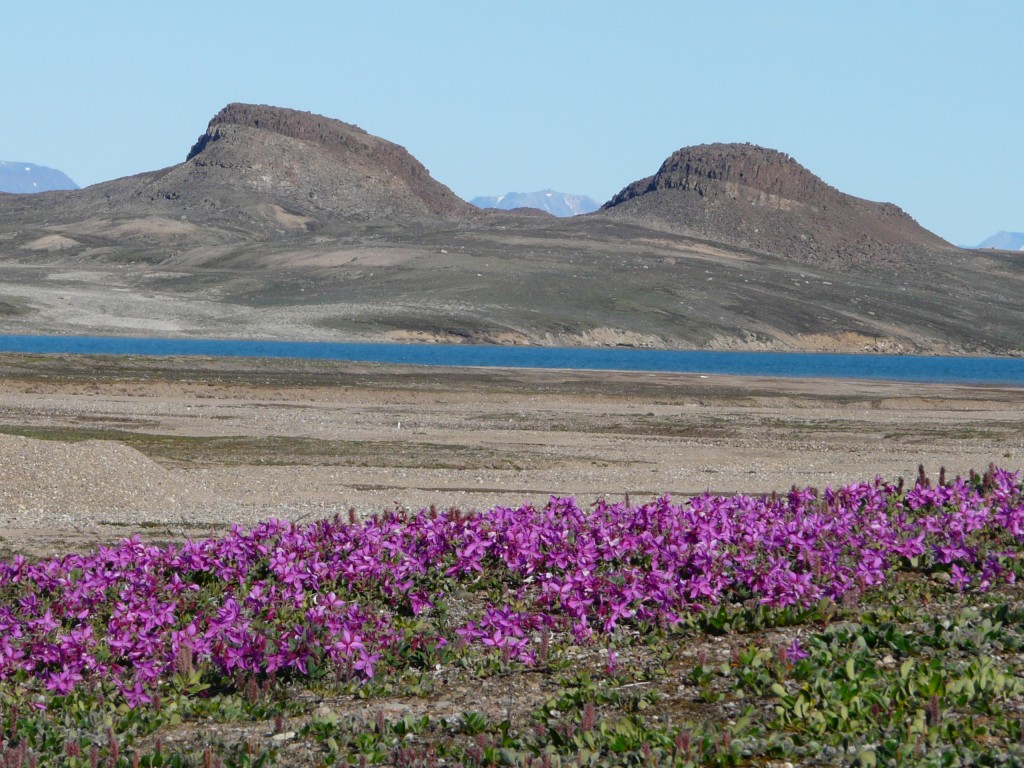
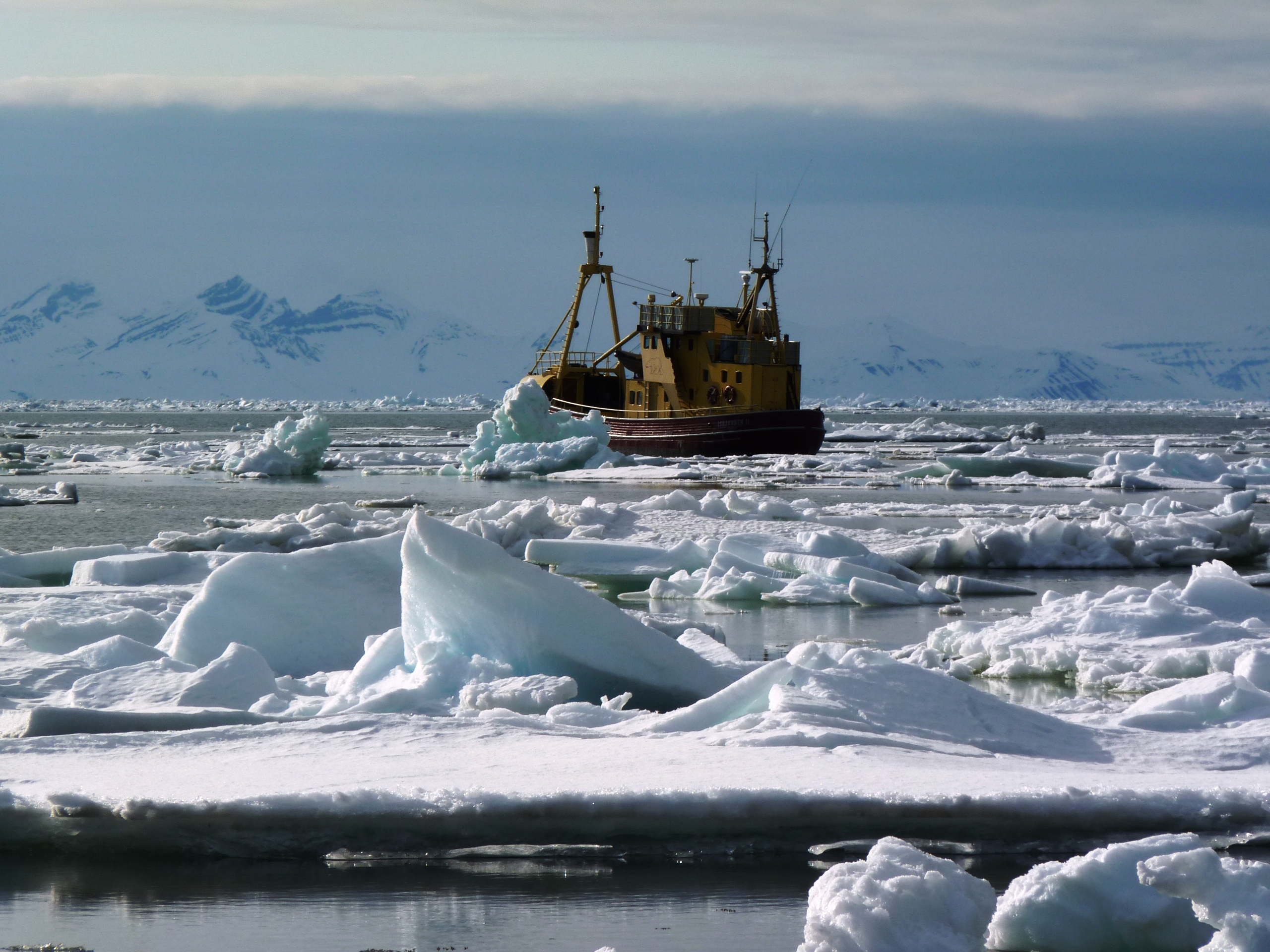
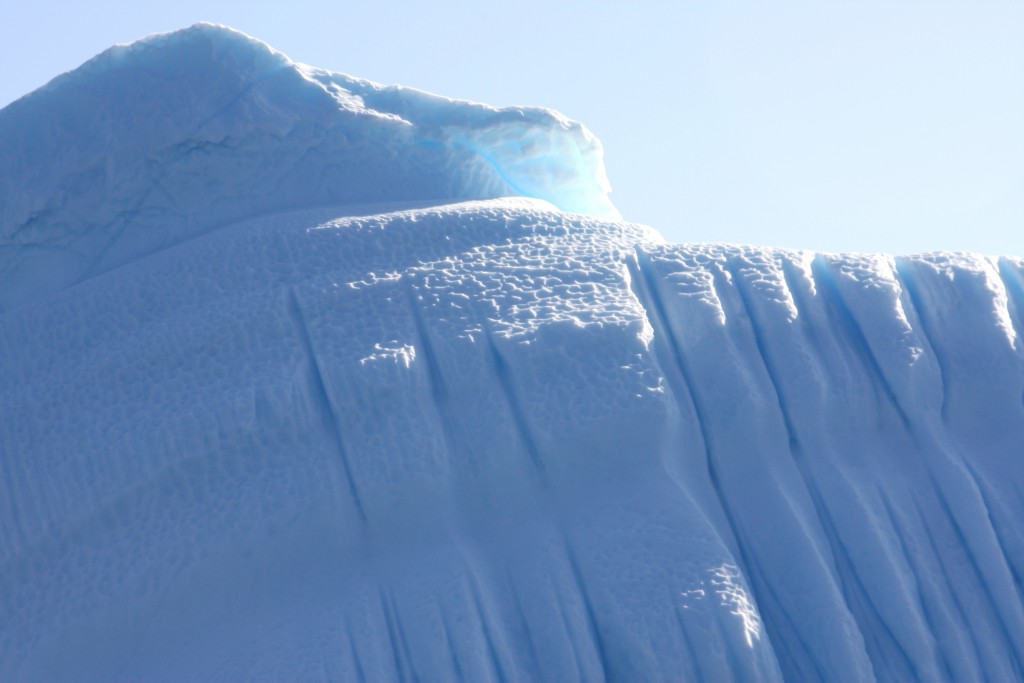

Feedback